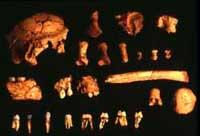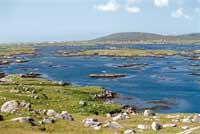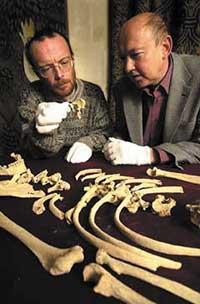Zelt Cannibalism Remains Discovered
2001/02/28 Galarraga Aiestaran, Ana - Elhuyar Zientzia

The archaeologist Mark Horton in the studies carried out in the cave of Alveston has found numerous bones, some of them buried ten meters. Through radioactive carbon they have discovered that about 2,000 years ago, those of the late Iron Age or those of the arrival of the Romans.
Once 5% of the ossuary has been excavated, remains of at least seven human beings have been found. At least one of them was shot down by cutting the back of the skull and reducing its interior. Another's bone was distorted and a third had signs of a bone disease called Paget's evil.
However, the most interesting discovery has been the femur of a mature man, who had split from top to bottom and presented clear vestiges of what had taken his core. This can be considered a clear proof of cannibalism, since in case of accident it is not possible. In addition, the complex organization of the ossuary indicates a certain ritual activity.
According to Mark Horton, this area was an important place at the end of the Iron Age that adored the hidden world. Some of these celebrations also lasted during Roman times, especially in homage to Kunomaglo, the divine Celtic dog. In the sculptures of his temples he was represented as a dog that cared for the hidden world.
Archaeologists already suspected cannibalism in the Iron Age, due to the bones found in the waste holes, but it is the first time they have achieved such a clear test. Although Roman sources describe the human sacrifice of the Celts, they do not mention cannibalism.
They believe there was a terrible massacre there. On the one hand, it is a large bone stack accumulated in the ossuary (it can exceed 50 humans) and, on the other, they have discovered that, by radioactive carbon, they are of the same date. If necessary, further excavations will provide details.

Gai honi buruzko eduki gehiago
Elhuyarrek garatutako teknologia






